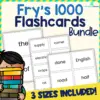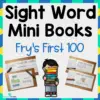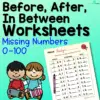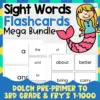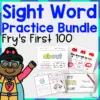Number sense involves recognizing numbers, one-to-one correspondence, number manipulation, and recognizing different ways to represent numbers. This can be a difficult skill for young kids to learn.
Giving kids lots of ways to practice these skills including activities that use movement, fine and gross motor skills, and fun, colorful visuals will help them learn quicker and master these concepts. We’ve tracked down some of the best number sense activities that incorporate many ways to play and learn. Check out the options below and check out each site to learn more.
Great Number Sense Activities



This activity focuses on ways to represent numbers. For this game, you’ll need to print copies of the free number bingo mats provided. Using colored paper will help make the boards more fun and attractive to young kids. You’ll also need a list of numbers, a way to mark the boards (crayon, small manipulatives, pieces of paper, etc.)
Call out a number and challenge your kid(s) to locate anywhere that number is represented. This can include a ten frame, number word, base ten blocks, number of objects, dice, dots, or fingers. Have them block out each number as it is called. This fun game from MissingToothGrins.com lets kids practice the number twice. Once when locating the numbers and once when they get a bingo and have to repeat the numbers back. Kids will love the challenge and you’ll love seeing their knowledge grow as they practice.
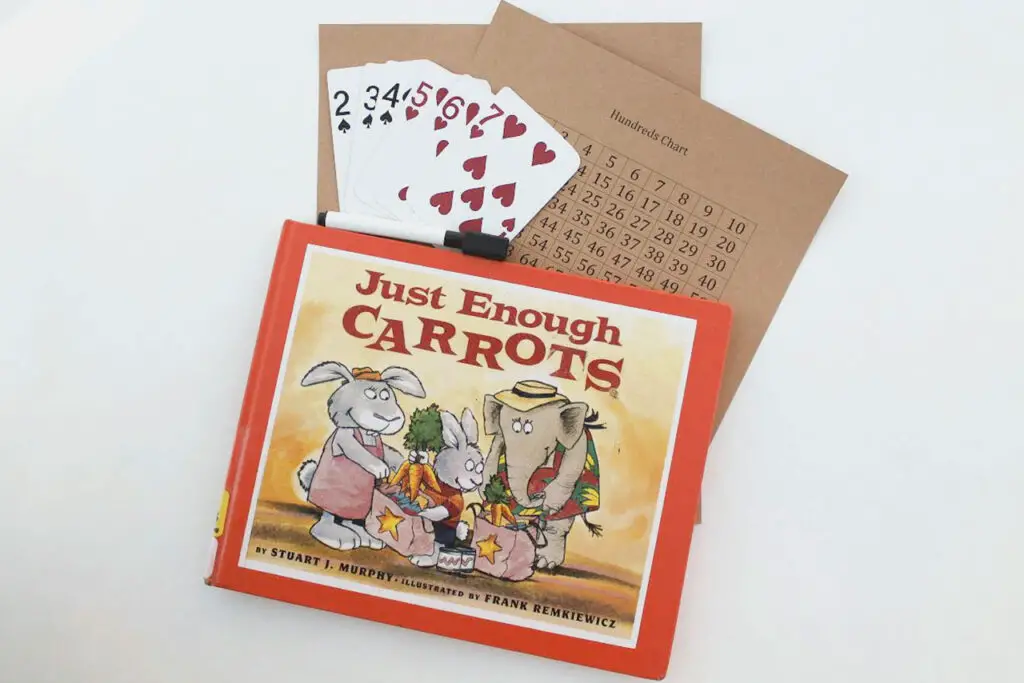
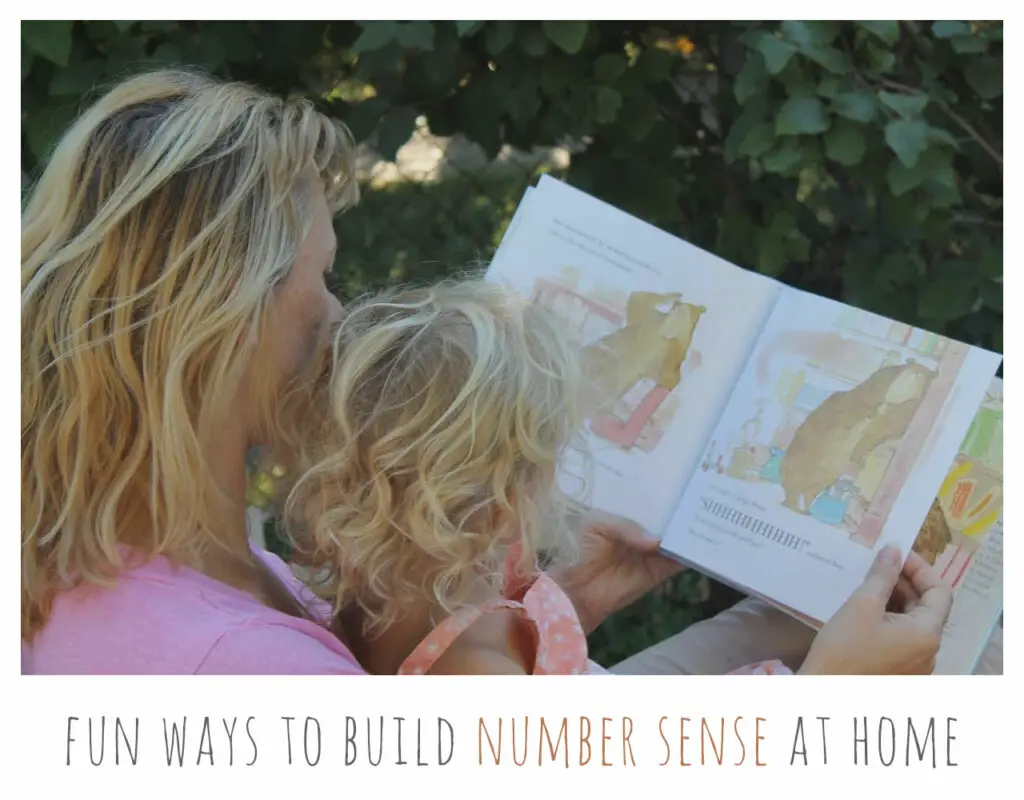
A number riddle encourages kids to think outside the box. All you need is a hundreds chart and a number to keep in your mind. Have your child write their “secret” number on a piece of paper and turn it over so no one can see. This is so if they forget the number, they can easily reference it.
Then, the child should give clues to help the other person/people guess their number. Start with broad clues such as, “My number is greater than 10,” “My number is 2 digits,” “My number is less than 70,” etc. As guesses are made, the clues should become narrower to help narrow it down. Use the hundreds chart for reference or keep track of guesses. This activity presented by PlayfulLearning.net is a simple, easy way to help kids practice numbers and can also be used with a number line for younger students.
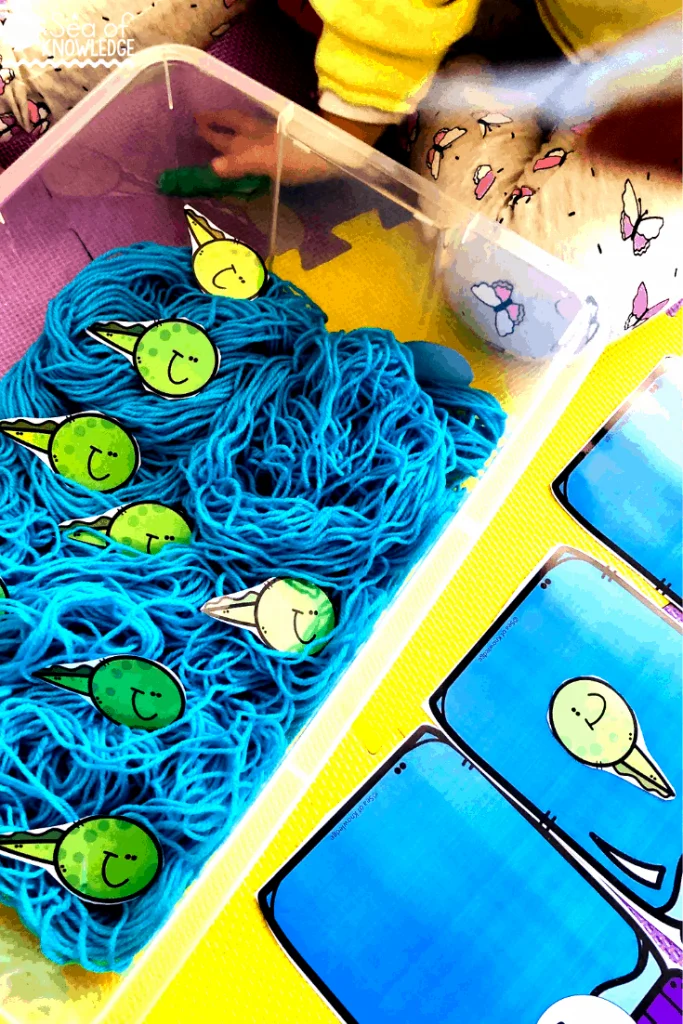
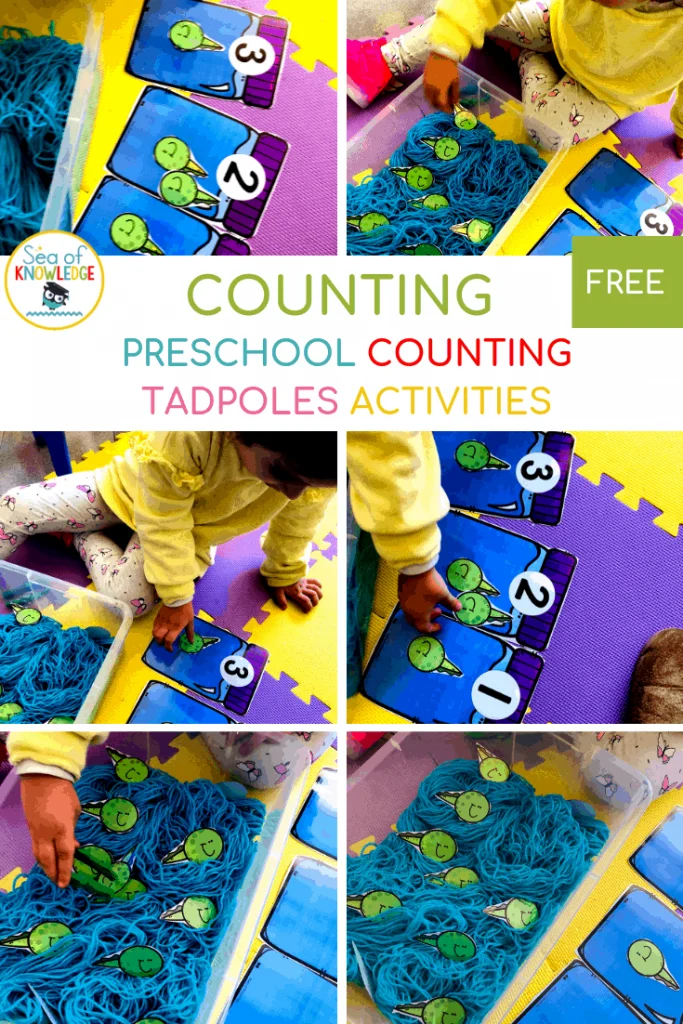
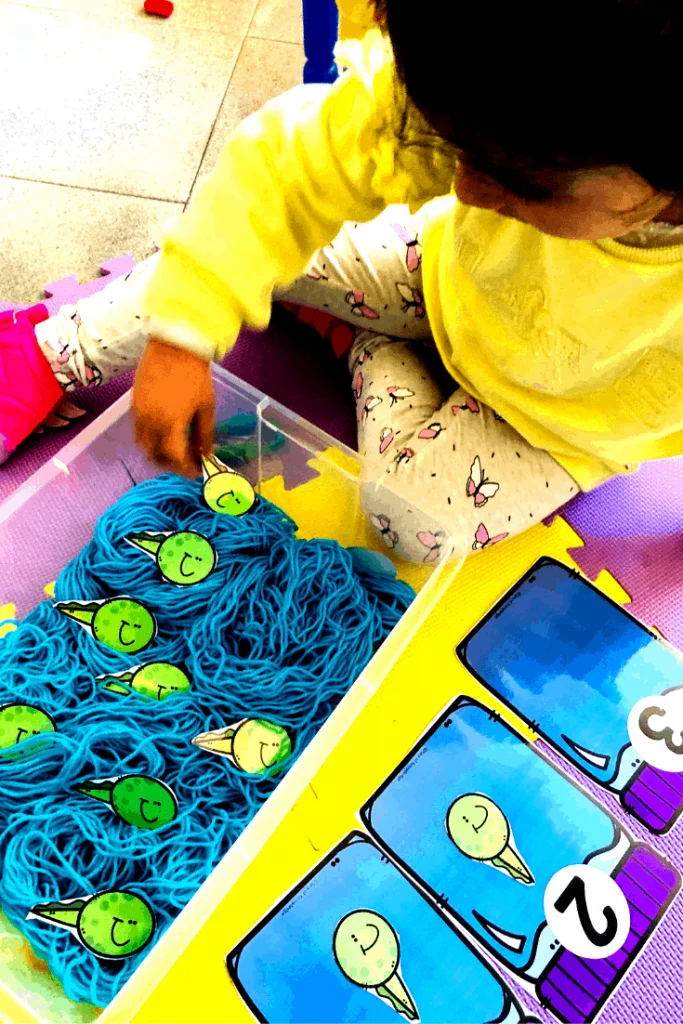
Use a bin full of tadpoles to help kids practice counting! You’ll need blue yarn, the included printable set of tadpoles (laminated, if desired), a tub or box, and possibly some tongs. Tongs are not necessary but do provide fine motor practice. This fun counting activity from SeaofKnowledge.org is perfect for little hands.
Write a number on each of the printed jars. Cut up blue yarn into strings of different sizes and fill the bin with blue “water”. Cut out each tadpole and mix these into the “water.” Have the child identify the number on their jar. Then have them use the tongs (or their hands) to swish around and find one tadpole at a time. Fill each jar with the proper number of tadpoles. When all the jars are filled, they’re done!
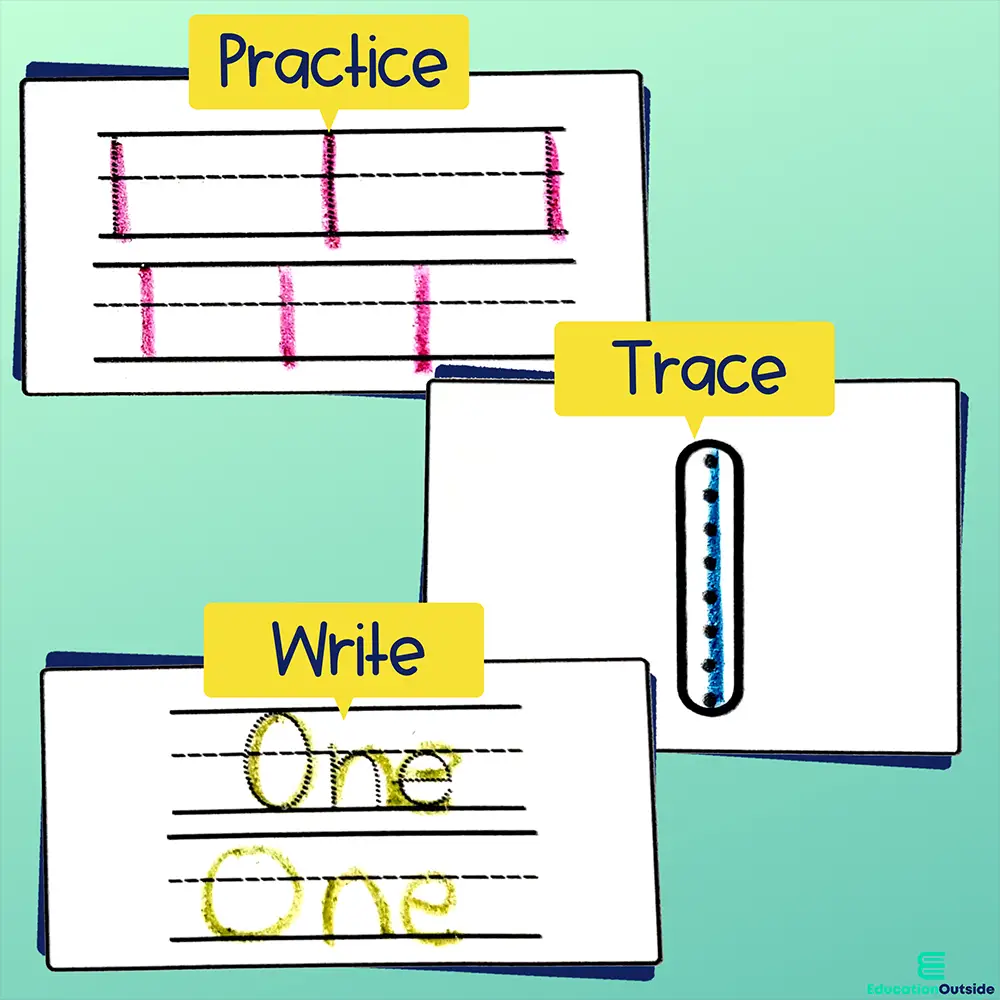
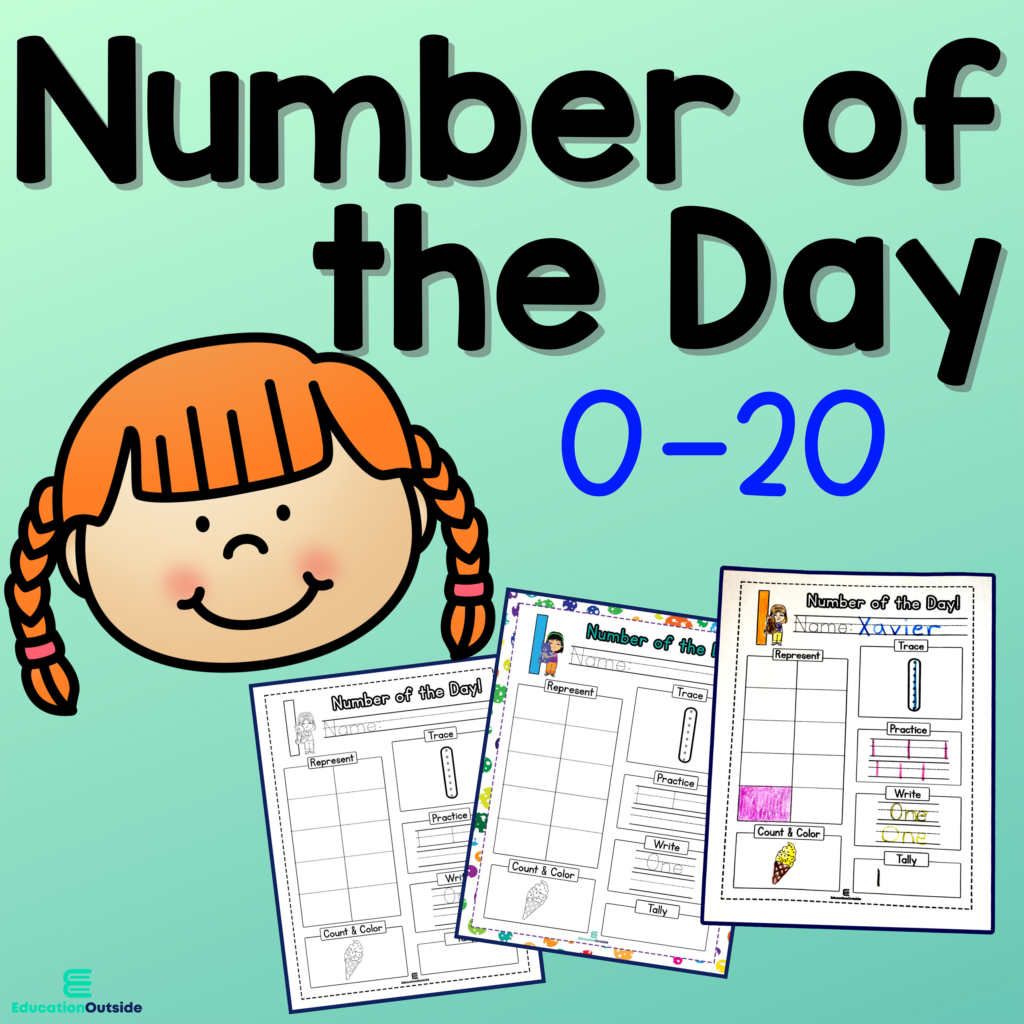
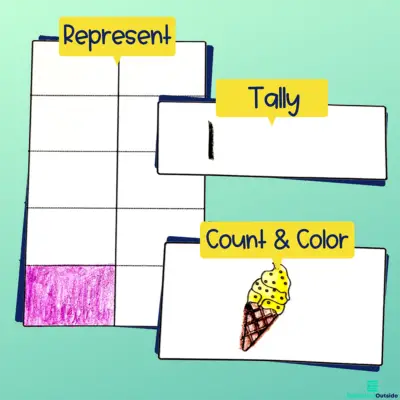
Purchase FromTeachers Pay Teachers
EducationOutside.org’s number of the day worksheets allow kids to practice reading and writing numbers in different ways including ten frame, count and color, tracing, writing the number and number name, and using tally marks.
These are easy to print and use anywhere, anytime. It is a great way to practice while on-the-go at doctors offices, car rides, for introducing numbers, and for additional practice. Use these with preschool, kindergarten, or struggling students to increase their number sense skills in a fun, simple way.
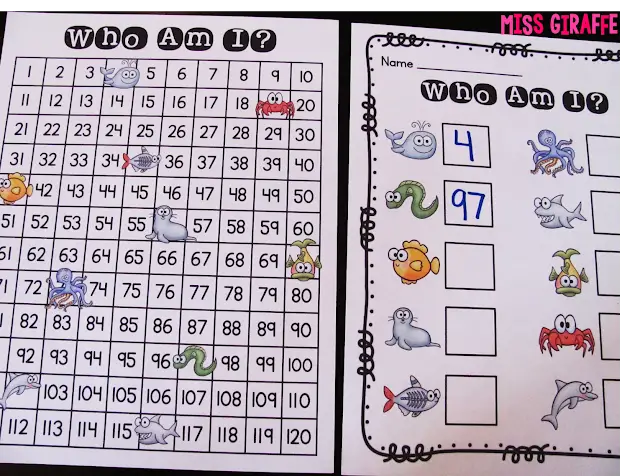
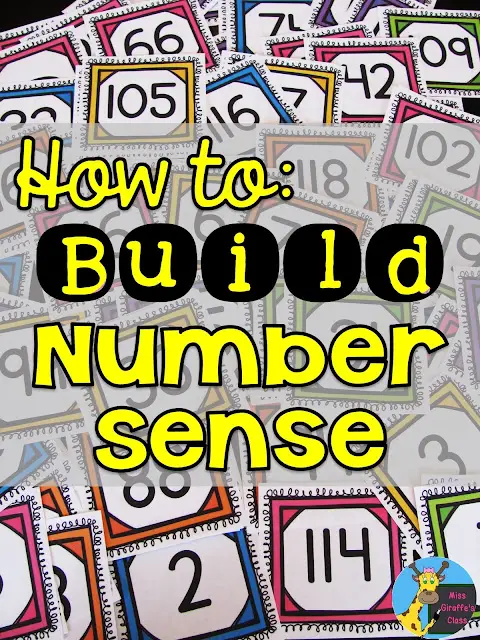
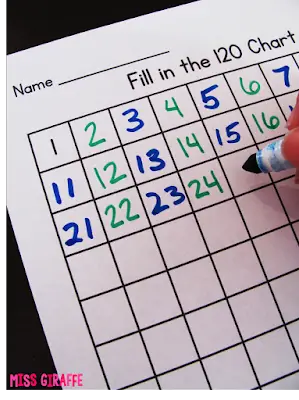
This activity involves a special hundreds chart. You can either print the fun versions provided by MissGiraffesClassBlogspot.com or print your own and add stickers to random numbers on the sheet. With the printable version, you’ll get a sheet to record what number each animal (or other object) represents.
If you use stickers, you’ll need to create your own “Who am I” sheet for kids to fill in with matching stickers for each covered space on the hundreds chart. Have kids locate each covered number and write which number corresponds to that space. This is a fun, easy activity for kids and the printable options require no preparation aside from printing!
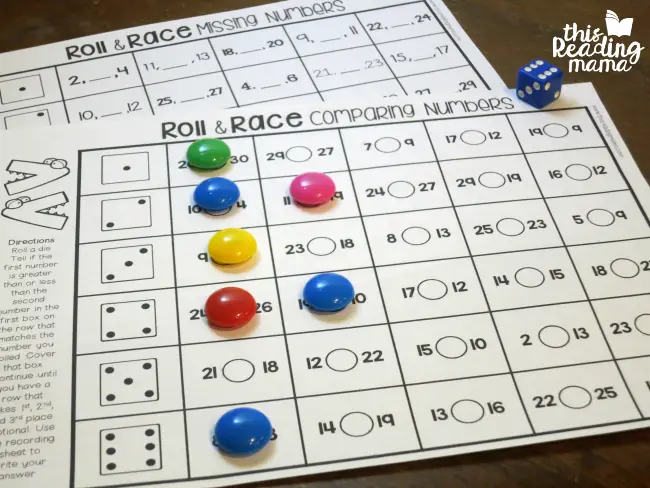
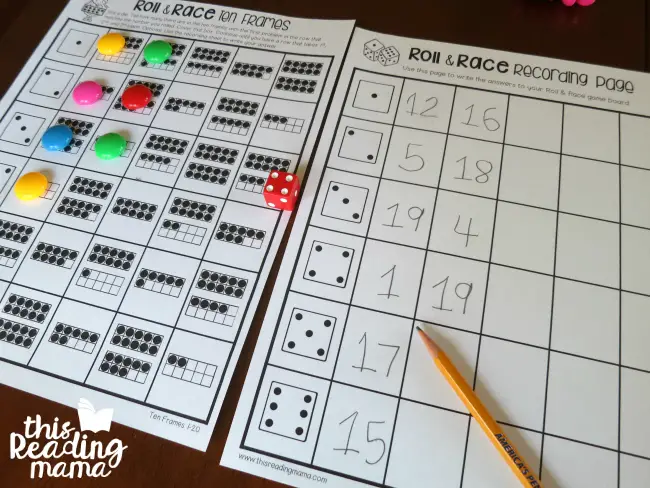
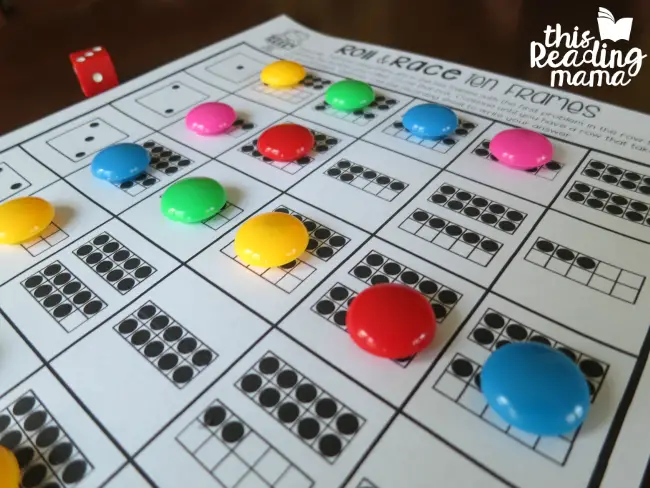
These roll and race games from ThisReadingMama.com, you’ll get printed sheets with dice rolls represented. Kids will roll a die and complete the first task in the row that corresponds to the roll. With multiple versions available, you can practice reading ten frames, adding missing numbers, or comparing numbers.
Kids add a manipulative to cover one problem in each row per roll. Then they can roll again and do another problem. Give them an accountability sheet to write their answers to each problem. This allows you to track their progress and identify problem areas.
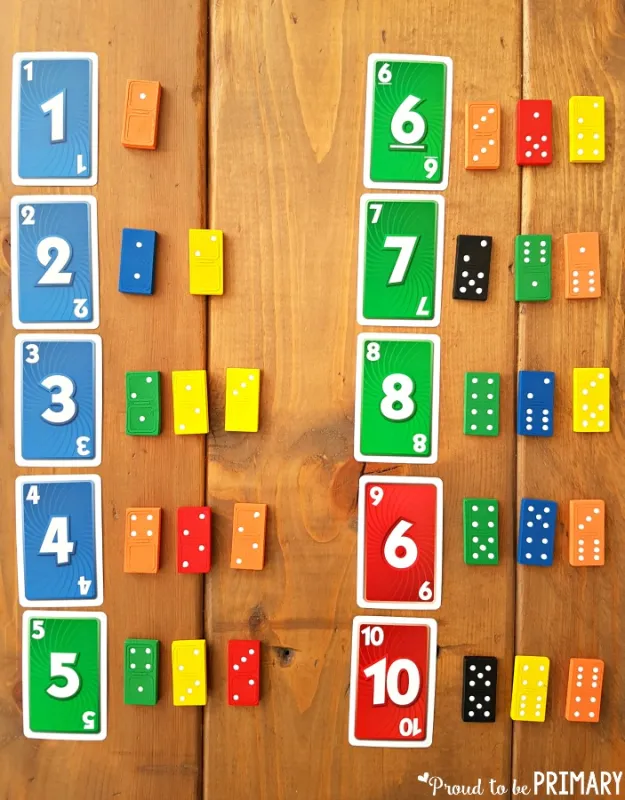
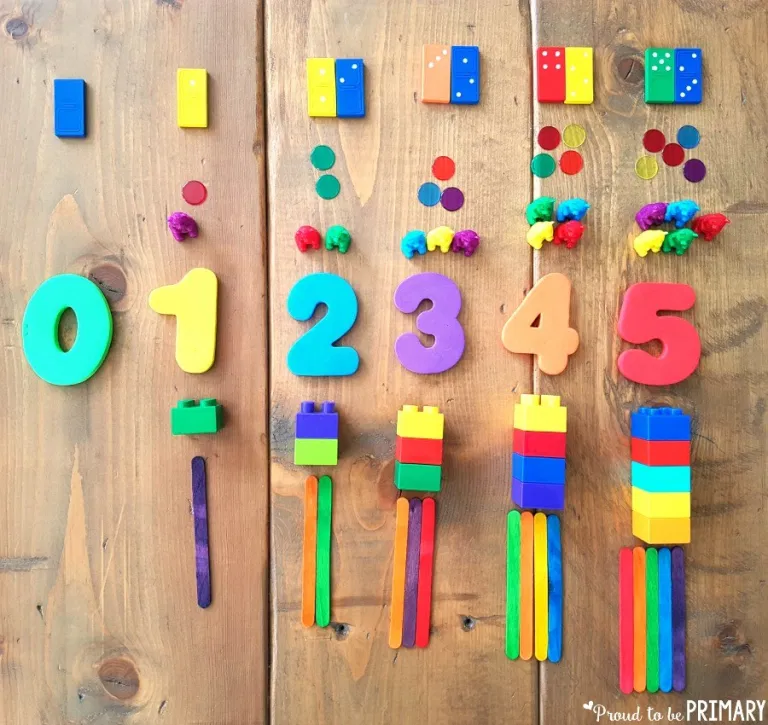
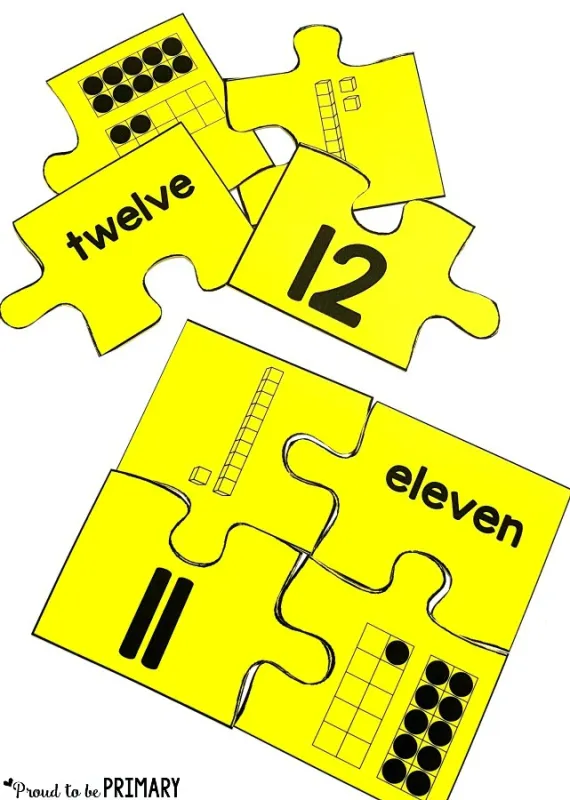
Help kids represent numbers by providing various manipulatives. For this you’ll need several manipulatives like popsicle sticks, counting objects, legos, dominoes, cards, colored papers or counters, etc., and large foam or plastic numbers you want them to practice (these can also be written on papers, if preferred).
Have kids add ways to represent each number. Place them above and below the number. For more of a challenge, place the numbers in random order. This forces kids to think about the number instead of just automatically adding one more to the next set. Use as many different shapes, textures, and colors as possible to make this matching game from ProudToBePrimary.com visually appealing and engaging.
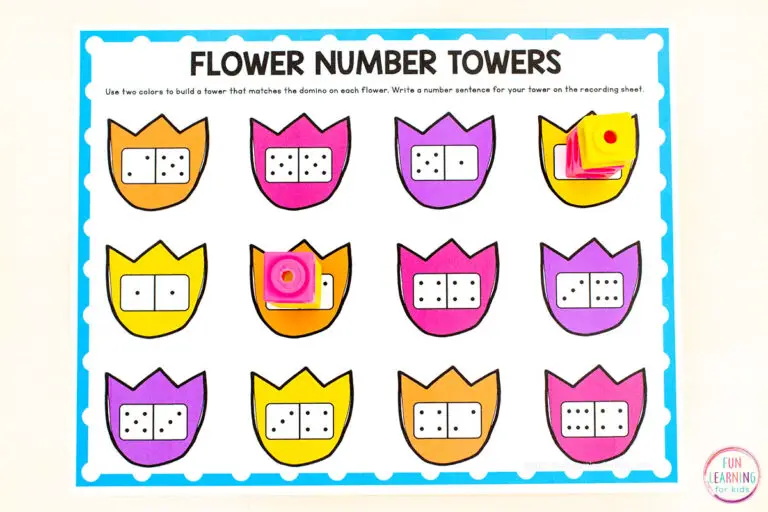
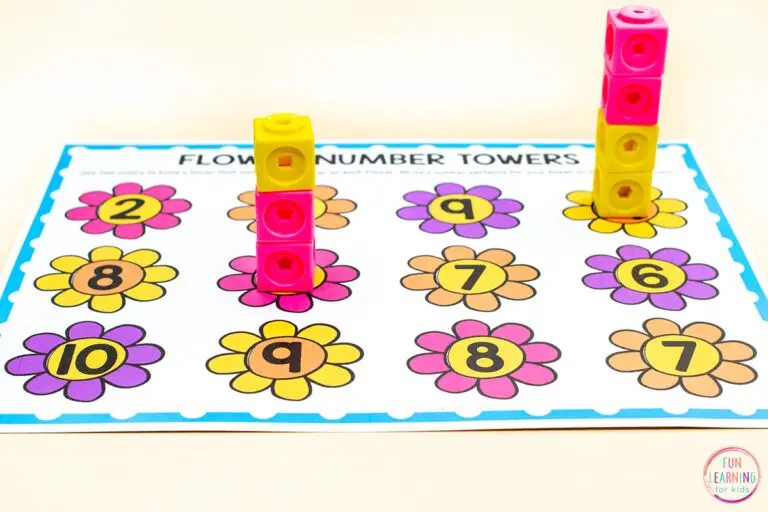
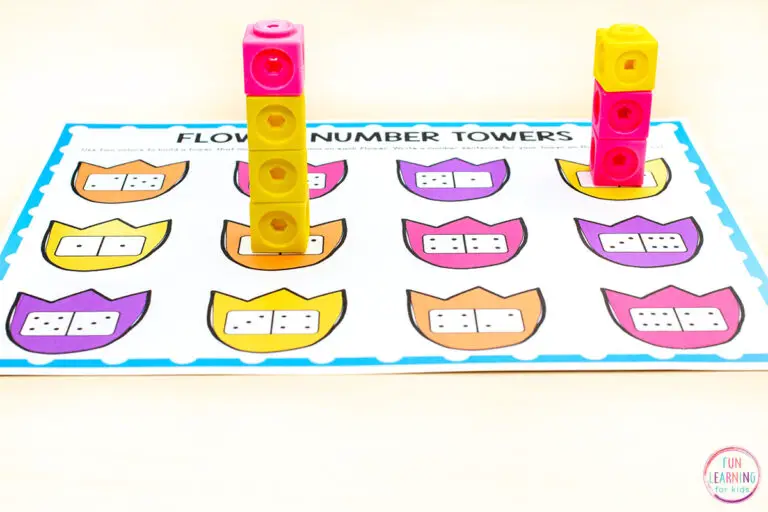
These number building mats are adorned with colorful flowers. Each flower features a domino with 2 numbers. Kids can use this activity in one of two ways. Either as an addition problem where kids can add legos or blocks that total the combined number or they can make 2 towers of blocks, one for each domino.
Once the blocks are added, have kids count up to account for each block and reach a total. This engages fine motor skills, is visually appealing, and provides repeated practice. All you need for this activity from FunLearningForKids.com is the printed sheets available on their website and some colored blocks (legos or counting blocks). These are reusable and can be utilized as an activity center or just a fun practice activity.
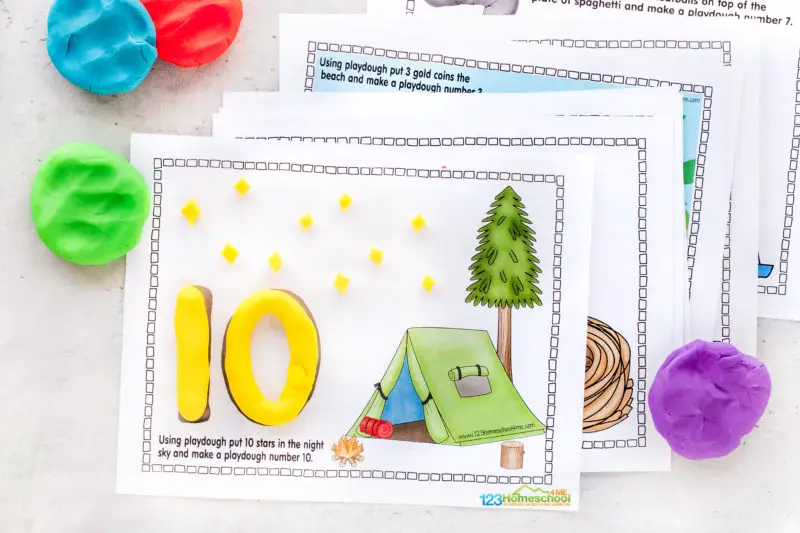
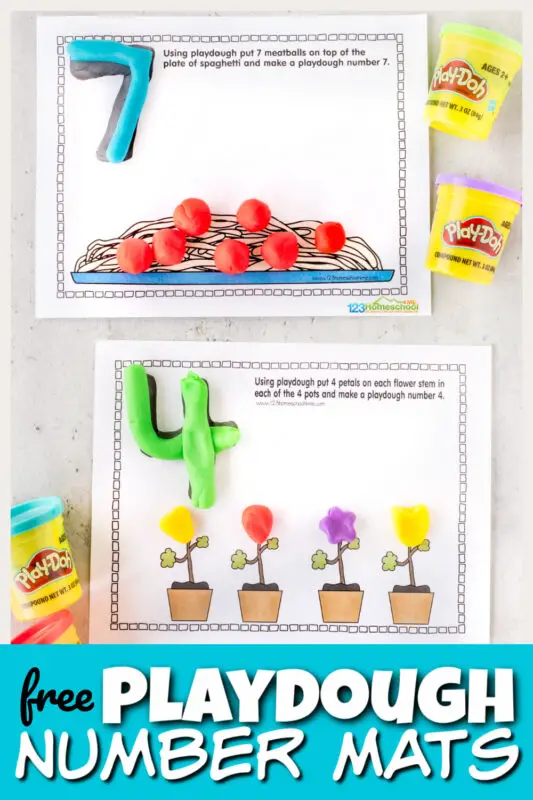
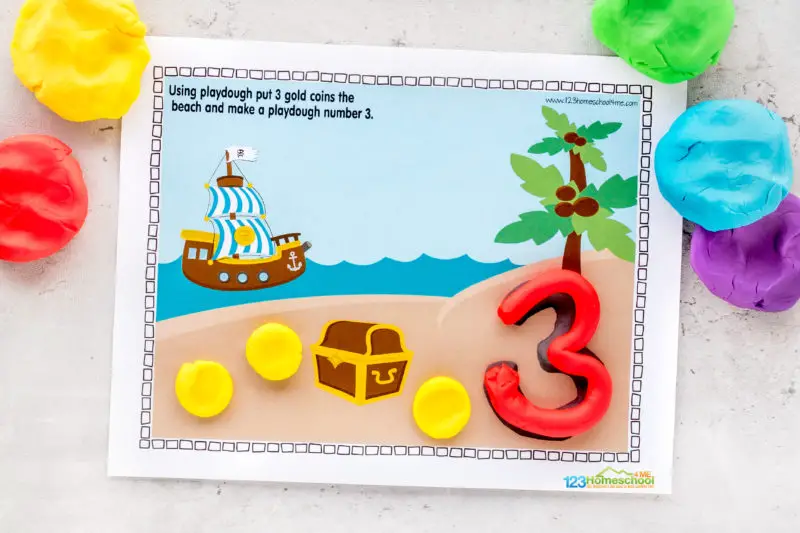
Playdough is always a great choice for kids of any age. Give kids playdough and you’ll engage their minds and hands with fun. These playdough mats feature a number to trace with playdough as well as a picture to finish with playdough.
Kids will shape playdough into the number and then add that many objects to the included image. Numbers 1-10 are free and can be laminated for repeated use. Just add playdough. These playdough mats from 123Homeschool4Me.com are sure to be a hit!
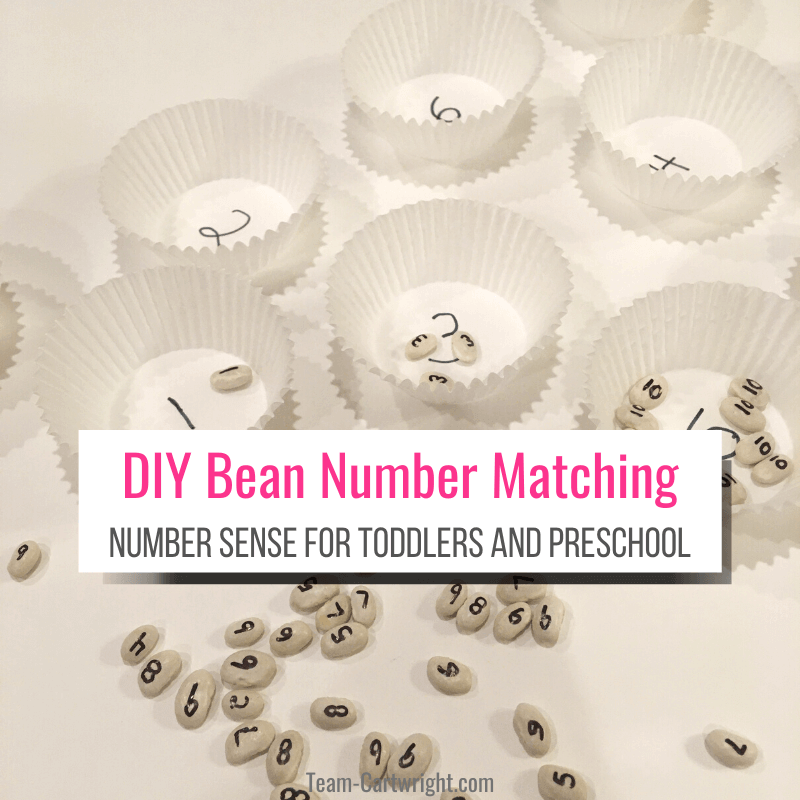
Counting objects increases one-to-one correspondence and helps kids gain an understanding of numbers. This counting activity from Team-Cartwright.com is easy to set up and gives unending practice. All you need is some muffin cups, beans, and a marker.
Write a number inside each muffin cup. Write numbers on the beans and have your child(ren) put the beans in the cup with the matching numbers. You can use as many beans as you desire. Another way to do this would be not numbering the beans but having kids add the right amount of beans to each cup. This activity gives kids practice with number recognition, number sense, fine motor skills, relative value, and counting.
Conclusion
Helping kids understand numbers and how they relate to items, counting, and values is essential to their future success in math. Giving them many ways to practice with hands-on activities is a sure-fire way to help them truly learn and understand these difficult concepts.
All of the activities on this list are excellent for practicing number sense and will engage and entertain kids. Most include supplies you can find around the house or easily print, so they don’t require a lot of work on your part. We hope you enjoy the activities above. Thanks for reading!


